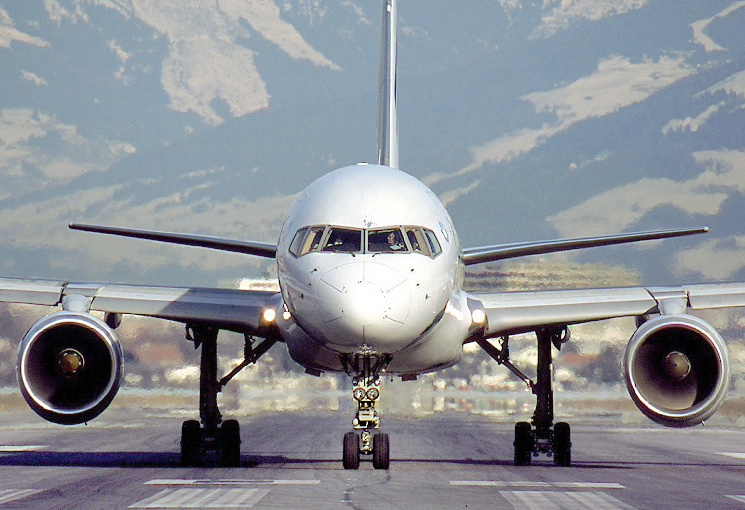Civil Aviation
FAA Issues New Safety Measures for Boeing 757 Cracks

The Federal Aviation Administration (FAA) has introduced stricter inspection requirements for certain Boeing 757 models to address concerns over potential fuselage cracks.
This move builds on earlier directives and highlights the FAA’s commitment to ensuring the long-term safety and reliability of these aircraft.
Effective January 13, 2025, the new Airworthiness Directive (AD) applies to Boeing 757-200, 757-200CB, and 757-200PF models.
The directive stems from an analysis showing that existing inspection methods were insufficient to detect cracks in specific sections of the upper frame, particularly at the frame splice between certain stringers. Left undetected, these cracks could lead to the failure of a single frame.
The new rules mandate detailed inspections or records reviews for existing repairs, repetitive checks for cracks in the upper frame, and necessary remedial actions.
Operators must now conduct regular General Visual Inspections (GVI) and, depending on the aircraft’s flight cycles, schedule inspections every 3,000 or 6,000 cycles. The more complex inspections may take up to 267 man-hours to complete, reflecting the rigorous standards required to maintain airworthiness.
This directive expands on a supplemental notice of proposed rulemaking (SNPRM) issued in April 2024. Initially targeting 757 variants converted into freighters by Aviation Partners Boeing, the updated requirements now affect 456 aircraft globally.
While Boeing has expressed full support for the new measures, some operators, including FedEx and United Airlines, raised concerns. They argued for customized inspection intervals for aircraft modified by VT Mobile Aerospace Engineering (VT MAE). However, the FAA rejected this proposal, citing insufficient data to justify the deviation.
Despite mixed reactions, the increased inspection requirements underline the importance of addressing structural issues proactively. The directive also reaffirms the operational value of the Boeing 757 fleet and the aviation industry’s dedication to maintaining the highest safety standards.

